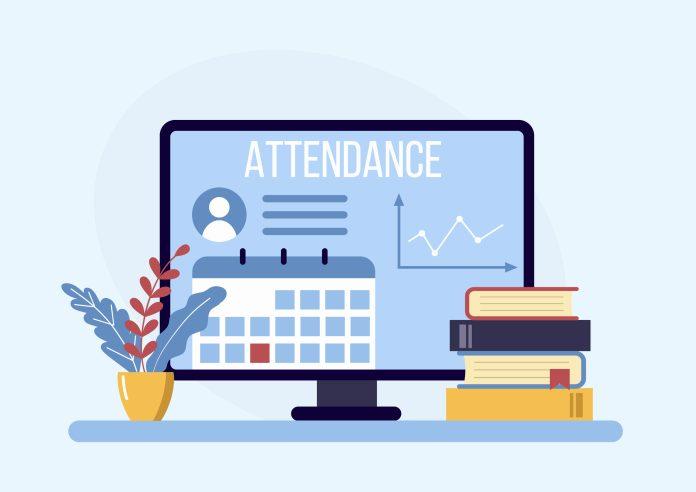Attendance tracking is an essential component of any organization’s workforce management system. Accurate and efficient tracking of employee attendance not only helps in maintaining compliance with labor laws but also aids in determining the productivity of employees.
From traditional manual entries to modern-day access cards and biometric systems, the methods to track employees’ working hours have tremendously evolved. Organizations must also have a proper online attendance management system because employees taking regular leaves and not tracking working hours can hamper the company’s performance. Thankfully, monitoring employee attendance and timekeeping has become a seamless task with attendance management software.
What is Attendance Management Software?
Attendance Management Software is a computer program or application designed to keep track of employee attendance and time spent working. It automates the process of recording employee attendance and generates reports on various aspects of attendance, such as hours worked, overtime, absenteeism, late arrivals, and early departures.
Attendance Management Software typically uses different methods for tracking attendance, including manual entry, biometric scans, RFID or smart card technology, or web-based clocking systems. The software can be integrated with other HR management systems to automate payroll processing and ensure compliance with labor laws and regulations.
Best practices for effective utilization of attendance management software
Establish clear attendance policies: Establishing clear attendance policies is essential to ensure that employees understand what is expected of them in terms of attendance. This includes setting clear expectations for attendance, rules for tardiness and absenteeism, and guidelines for requesting time off. Clear policies help ensure everyone is on the same page and reduce the likelihood of misunderstandings or disputes.
It includes providing training on the policies and ensuring everyone is aware of the consequences of non-compliance. Policies should also be reviewed and updated regularly to remain relevant and effective.
Train employees on how to use the system: Proper training is essential to ensure that employees know how to use the attendance management software. Employees should receive training on how to log in to the system, clock in and out, request time off, and review their attendance records. Training should also cover any updates or changes to the system to ensure that employees are aware of the latest features and functionalities.
Regularly update the system: Attendance management software require regular updates to ensure that they function correctly and are up-to-date with the latest features and technology. Organizations should work with their software vendor to schedule and implement regular updates promptly. Regular updates will ensure that the system remains reliable and continues to meet the organization’s needs.
Monitor attendance data: Monitoring attendance data is crucial for effective attendance management. Attendance data provides insights into employee productivity, attendance patterns, and potential issues that may require attention. Regularly reviewing attendance data can help organizations identify trends and patterns in employee attendance, identify areas for improvement, and make informed decisions about staffing levels and scheduling.
For example, if attendance data shows that certain employees consistently arrive late, an organization may decide to adjust their start times to accommodate their schedules or implement corrective action. Alternatively, if attendance data shows a high absenteeism rate, an organization must re-evaluate its attendance policies or provide additional support to employees.
Ensure data accuracy: Data accuracy is crucial for effective attendance management. Organizations should ensure that the attendance data entered into the system is accurate and up-to-date. This can be achieved through regular audits and checks to ensure the system functions correctly. Only accurate data can lead to correct decisions and help employee morale.
Use the data to make informed decisions: Attendance data can be used to make informed decisions about workforce management, such as staffing levels, scheduling, and employee performance. Organizations should use this data to identify areas for improvement and make informed decisions to optimize their workforce. Using data to make informed decisions can help organizations maximize productivity, reduce absenteeism and tardiness, and improve employee performance.
Maintain data security: Maintaining data security is important to ensure that attendance data is protected from unauthorized access, theft, or loss. Attendance data contains sensitive information about employees, including their work schedules and attendance records, which must be kept confidential.
Organizations can maintain data security by implementing appropriate security measures, such as restricting access to the system and ensuring that all data is stored securely. This includes implementing strong password policies, using secure servers, and regularly backing up data. Additionally, organizations should train employees on the importance of data security and best practices for protecting sensitive information.
Wrapping up
Every organization has growth objectives that largely depend on how the employees perform. The best online attendance management system is essential to keep a complete tab on their performances. When implemented correctly, attendance management software can increase productivity and reduce absenteeism and tardiness. By following best practices, organizations can ensure that their attendance management system is used effectively, leading to better workforce management and a more successful business.
